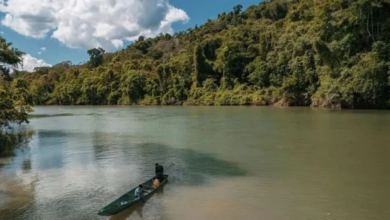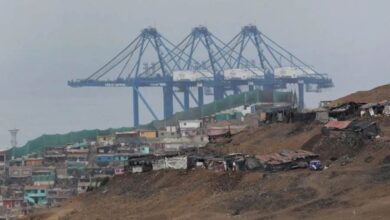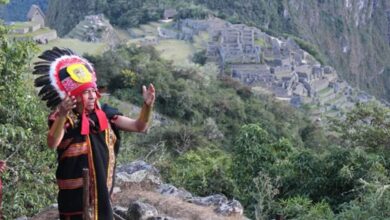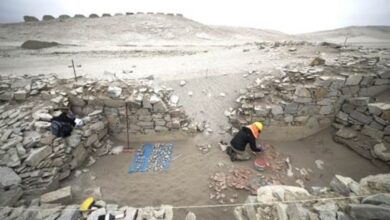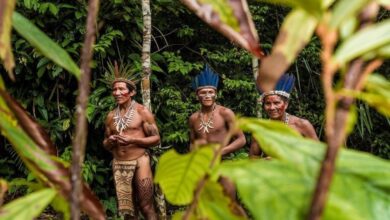Peruvian Jungle Kids Paddle Forward to Protect Amazon’s Future
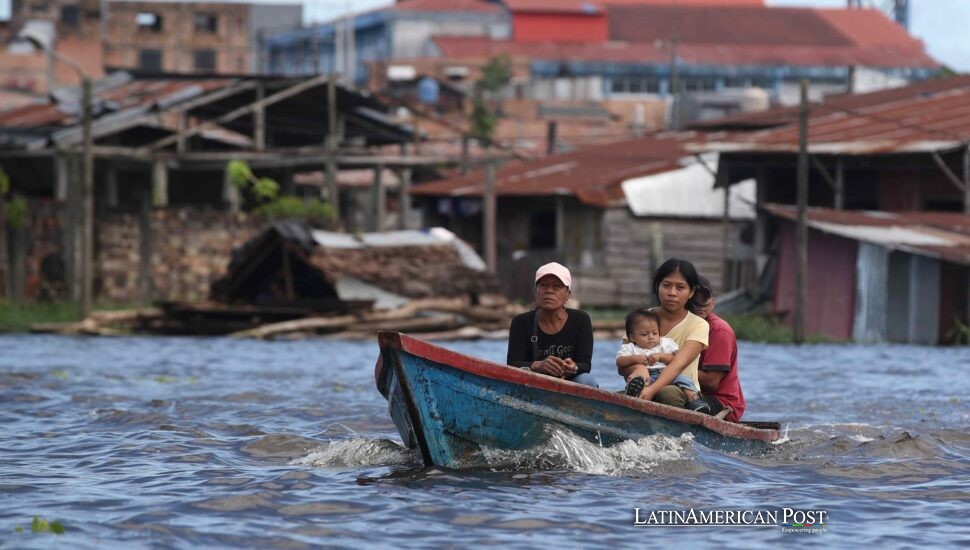
Every two weeks, dozens of children from Belén—a floating quarter of Iquitos—launch narrow canoes into the murky Itaya River. Their mission is to combat pollution, deforestation, and flooding that threaten their homes and the wider Amazon, which they proudly refer to as their backyard.
Canoe Kids on Patrol
Dawn burns gold across the Itaya as Diana, age eleven, tightens the knot on her paddle’s cloth grip. Around her, sixty classmates do the same, nudging dugouts from muddy reeds into the open currents. They call themselves the Guardians of the Itaya, a name painted in looping turquoise on the hull of their largest canoe. Each fortnight, they glide beneath curtains of heliconia until Belén’s stilt houses and floating walkways materialize—thin wooden ribs perched above shifting brown water.
“The river used to sparkle,” Diana says, eyes fixed on the oily sheen rippling past. “Now it smells like sickness.” Plastic bottles, food cartons, and even a cracked syringe bump against their oars. When the flotilla reaches an old timber platform, the children disembark, spread battered exercise books, and hold a meeting—part science class, part town council. Crayons scratch across pages as they map trouble spots: a drainpipe belching gray sludge, a cluster of rotting nets, a neighbor still burning trash on a driftwood raft.
Belén’s postcard nickname —“the Amazonian Venice”— hides a harsher ledger. Only a sliver of its homes have sewage pipes, none enjoy curbside waste collection, and each May, the river swells waist-high inside living rooms. In 2023, record floods swallowed classrooms for six weeks; two years prior, drought stranded boats and forced families to walk kilometers under an unforgiving equatorial sun. Against this backdrop, the children’s association—guided by local NGO mentors—has become a rag-tag parliament, its rainbow shirts instantly recognizable along the riverbank.
Trash-Filled Waters Spark Grassroots Lobbying
Their first campaign targeted the most visible enemy: floating garbage. Because Belén lacks roads, refuse trucks never come; families dump plastic and food scraps over the railing and let the current carry them away. Nobody imagined that schoolchildren could sway City Hall—until they did.
Over several sticky afternoons, the Guardians knocked on doors collecting signatures, filmed short phone videos pleading for “a river we can swim in,” and organized a floating march, brandishing banners from their canoes. The footage made regional news; the petitions landed on the desk of the Iquitos mayor. Within months, a pilot program launched—boat-based garbage pickup twice a week. It is imperfect: outer hamlets still wait for service, and illegal dumping continues after dark. But near the children’s meeting platform, the water already floats fewer bottles.
“It shows adults will listen if we speak together,” Diana says, tucking a loose braid under her cap. On pickup mornings, the kids cheer municipal workers from the footbridge, then jot observations: Was the boat on time? Collectors separated plastic from organic waste; they sent the notes to the mayor’s office. The notes subtly informed the mayor that new, young eyes were watching his actions.
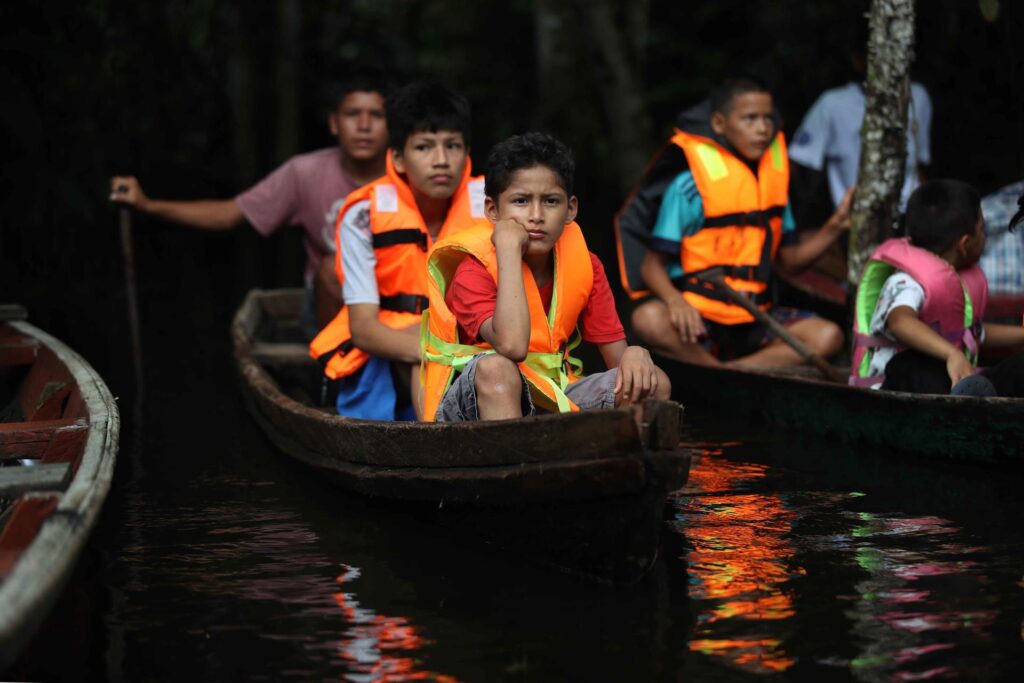
Science Confirms Their Fears
If anyone doubted the stakes, recent research paints a stark picture. Peru lost millions of hectares of rainforest between 2000 and 2020, with the Loreto region—a vast green mosaic around Iquitos—shedding trees at an alarming clip. Studies warn that continued deforestation is already altering rainfall patterns, resulting in wetter wet seasons and harsher dry seasons, which can be particularly punishing for river towns like Belén, where both floods and water scarcity are prevalent.
Water samples drawn near the children’s platform reveal bacteria levels that are many times higher than the health guidelines. Nurse Teresa Paredes, who conducts riverside clinics, sees the human cost: “We treat stomach fever and skin rashes every week,” she says, stacking baby-blue medical cards on her desk. “Parents know the water is dirty, but they have no alternative.”
The Guardians translate these statistics into stories and murals. One plywood panel shows a chain saw silhouetted in crimson; another frame a weeping cedar stump beneath a blazing sun. The art travels—first to school corridors, then to a municipal library exhibition—spreading the children’s concern beyond their flooded streets.
Reforesting Cedros, Planting Hope
Statistics alone do not fill a canoe, so the Guardians decided trees would. Under coarse shade netting behind their meeting platform, they built a nursery from bamboo poles and discarded rice sacks. Each week, they add soil slip into the seeds of cedro (Spanish cedar) and capirona, species threatened by illegal logging. By June, 600 seedlings stand ankle-high.
Fourteen-year-old Andrés wipes sweat from his brow and grins. “These little ones will grow taller than our houses,” he says, patting a sapling as if it were a puppy. When the first heavy rains arrive, the children will lash bundles of seedlings to canoes and paddle upstream, planting them along eroded banks. Neighboring schools have promised to monitor growth; simple GPS pins on donated smartphones will track survival rates.
I hope it travels, too. Last month, fifteen-year-old Marcos addressed a climate-change webinar streamed from Lima. “I live in a lung of the planet,” he told viewers. “If we don’t keep it breathing, who will?” His challenge resonates far beyond Peru—an echo of youthful climate activism punching far above its weight.
From Riverbank to Future
The Guardians of the Itaya will not halt global deforestation alone, nor will they purify an entire watershed. But in just two short years, they have nudged policy, extracted municipal resources, and planted hundreds of trees—all while completing math homework in candlelit huts perched on shifting rafts.
Their story reminds us that agency often arrives in small yet significant vessels. Some carry paddles carved from scrap wood; others carry petitions in plastic folders, or seedlings cradled like infants. Taken together, they chart a current of optimism running against the tide of despair that so often floods Amazon news.
As dusk settles over Belén, the children drag their dugouts ashore. Fireflies flicker above black water, now fractionally clearer than last season. Diana lingers, hand resting on her paddle. She imagines the nursery trees towering over the river one day, their branches arching like the vaulted ceilings of a cathedral. In that vision, the Itaya runs cleaner, the floods gentler, and a child stepping into a canoe feels possibility instead of fear.
Also Read: Colombian Singer Fanny Lu Reignites Fans With Bold Musical Revival
She pushes the paddle blade into the silt, marking a line she hopes the future will honor. Then she turns toward home, ready for tomorrow’s lessons—and the next patrol.

